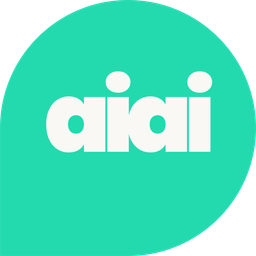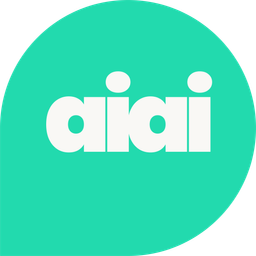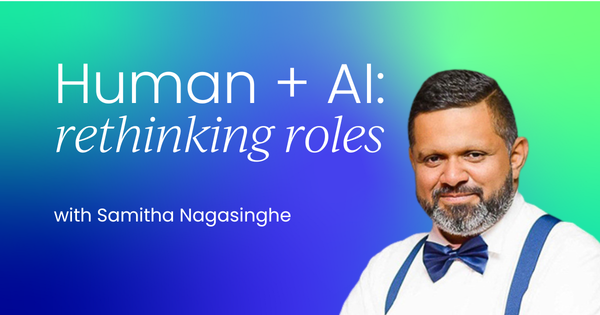Artificial intelligence is not just another gadget; it’s already shaking up how white-collar jobs work.
McKinsey calls this shift an arrival at superagency, a space where machines think alongside people and the two groups spark new bursts of creativity and speed. Suddenly, the click-by-click chores-plowing through code, crunching spreadsheets, scrubbing datasets-are handled by bots, letting human brains leap to bigger questions.
Software developers, for instance, now spend more energy sketching big-picture road maps than wrestling syntax errors. Data scientists swap grinding model tweaks for debating which human questions an AI model really answers. In every corner of knowledge work, the quiet obey-yesterday-tasks face is evaporating.
The revamped role of the knowledge worker is equal parts translator, coach, and ethical guardian. Successful pros read the business landscape, nudge AI tools in the right direction, and steer output so it stays inside value lines. Human judgment steps in when computers run out of context, making it the real superpower of the partnership.
Some experts have taken to calling us AI strategists, a pivot away from the older task executor label. We use machines as sturdy scaffolding, letting us build fresher ideas faster while keeping accountability firmly in hand.
Skills for human-AI collaboration
Living in a world that teams up humans and machines is no longer a sci-fi plot; it’s the daily grind for millions. A recent World Economic Forum report warns that nearly 39% of the skills we brag about on our resumes will be different by 2030, and tech is doing the heavy lifting. This figure represents great disruption but is down from 44% in 2023.
Right now, big-ticket items like AI, Big Data, and cybersecurity sit at the head of the table, with cloud know-how and solid digital literacy close behind. Wages for professionals in those fields already show it. But numbers alone aren't enough. Hiring managers keep shouting out for soft skills, too. Creative thinking, bounce-back strength, and plain old curiosity keep sneaking onto every shortlist we see.
The classic bedrock talents-leadership, talent management, and sharp-eyed analysis aren’t going anywhere either. Recruiters still want people who can steer teams and sway an audience while keeping facts straight. Long story short, the winning mix for tomorrow’s worker is hi-tech fluency slapped together with high-touch judgment.
Key skill areas include:
AI and data literacy
Understanding how to work with AI systems is imperative, from preparing effective prompts to interpreting a model's output.
Workers must learn to gauge an AI suggestion and realise its value or shortcomings - whether based on accuracy, bias, or security concerns - and blend those insights into the final decision. Data and statistics will always be important.
Critical and strategic thinking
When routine tasks are automated, the human side of problem framing, strategy, and design can shine through.
This means developing, along with domain expertise, long-term thinking: choosing the right technology tools, architecting resilient systems, and carving out innovative ways to do things. The ability to envision strategic applications of AI for processes, rather than simply applying it to a single task, will set leaders apart.
Creativity and innovation
The human realm will generate fresh ideas, brainstorm new physical or digital products or services, and think outside the algorithmic box. According to the WEF data, roles that require these abilities, such as engineering new fintech solutions, envisioning new educational curricula with AI, or designing novel avenues for public service, are growing rapidly.
Emotional intelligence and ethics
The human right of empathy and social judgment cannot (yet) be emulated by AI. When many things are automated, skills like communication, collaboration, negotiation, and emotional nuance increase in desirability.
For instance, knowledge workers must manage the human side of operations to interpret and present results to various stakeholder groups, ensuring that the application of AI is within an ethical framework.
For example, UNDP's "AI for Government" program trains government officials to deal with the legal, social, and bias aspects of AI issues, emphasising that AI deployment needs to be regulated and humanized by public servants.
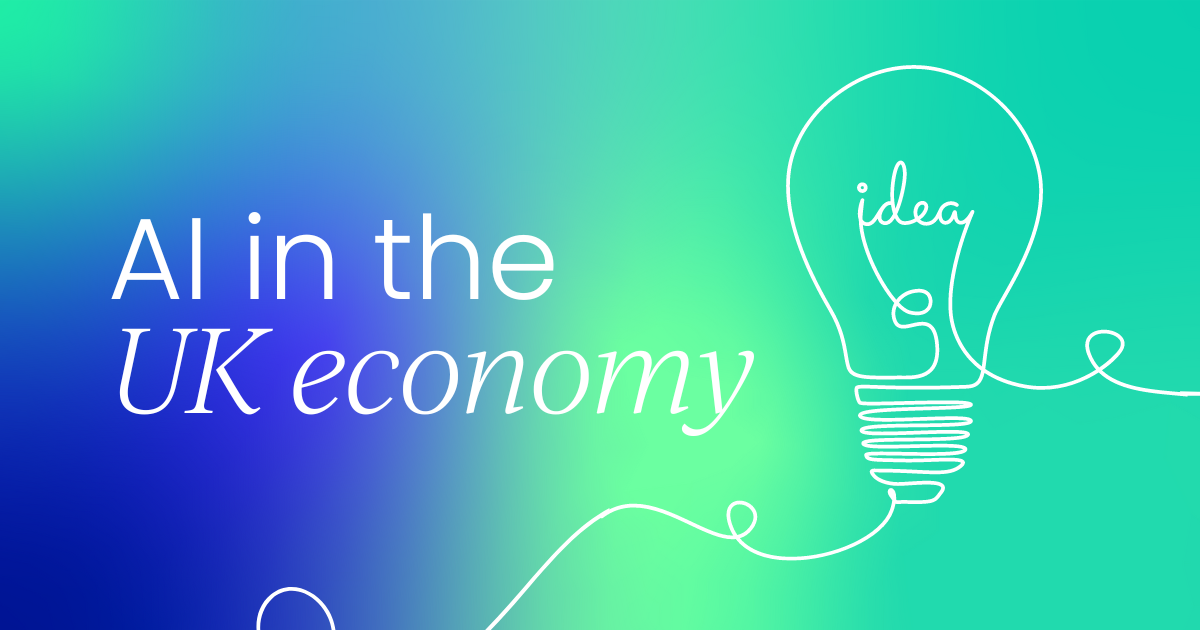
Adaptability and lifelong learning
Technology continues to change rapidly, making learning for each role an absolute necessity. While adaptability, curiosity, and a growth mindset are focal points for experts, this is all about workers updating their skill sets again and again with the best practices of a new awareness of AI capabilities.
Organizations should promote a culture of continuous learning because WEF has noted that investing in upskilling programs is already a crucial guarantee of future-readiness.
In summary, we can state that skills are understood as the ability to coordinate across the human-AI frontier. Applied technical knowledge entails using the data, AI platform, and software tool, whereas higher-order thinking concerns analysis, strategy, ethics, and soft skills, such as communication and leadership.
The demand will be for those who can straddle these domains; hence, a finance analyst with a working knowledge of machine learning or a government officer familiar with data policy and stakeholder engagement is a rare find.
Organizational strategies for reskilling and transformation
Bridging the gap between people and machines requires more than shiny new software; it calls for a deliberate shift in how teams operate. Leaders who tinker with job titles but stop there risk missing the moment, so they must rethink workflows, back training with dollars, and keep learning in plain view instead of hiding it in quarterly targets. Several approaches are starting to catch on:
Step back and redesign the whole operating model before you even think about flipping the automation switch. Slapping code onto a clunky process only glues the bad parts together. Grab a whiteboard, outline the steps again, and look for a cleaner route.
Process-mining software can trace every click and keystroke, exposing the stalled choke points that slow everyone down. With that map in hand, you can chop unnecessary work, slot in AI where it crunches numbers faster than a person would, and set humans loose on the judgment-heavy tasks only they can handle.
Take the story of IBM's HR crew: they stripped the quarterly promotions grind of manual busywork by letting a custom Watsonx Orchestrate choreograph the data fetch, freeing the team to focus on tough calls about talent rather than hunting spreadsheets.
Invest as boldly in your people as you do in code, readying the workforce for the tremors AI and other waves of tech will send through the usual order.
Right now, HR is poised at a turning point, and the folks in those seats need to sketch how humans and machines will pull the organization’s heavy wagon forward.
Someone has to spot the high-value corners of the business, carve out the keystone positions, and map which skills, certainly not all of them, are going to matter most tomorrow.
That handiwork means trimming away repetitive errands that a bot can swallow, sometimes joining two titles into one, sometimes enlarging a job so it drags an AI dashboard into the daylight, and all the while cooking up quick-hit training that lets real people handle the meatier tasks.
Make skills the heart of your workforce plan, both for the challenges employees face now and for those still on the horizon. Leaders should worry less about flashy projects and focus on steadily lifting everyone’s tech know-how, because that solid base is what lets people branch out and try fresher things.
Many roles will not ever require serious coding, yet most team members will inevitably play with new-generation AI tools, so a little exposure goes a long way. When staff grasp the basics of artificial intelligence, they think critically, use the software sensibly, and even push back when something feels off.
Asking what data trained a model, how it arrived at a given output, or whether hidden bias lurks in the results stops being an academic debate and starts sounding like standard procedure.
Technology itself can play a role in personal growth. Point-and-click roadmaps that update as the market shifts show each person precisely what steps and what skills prepare them for the next rung on the ladder. Delta Airlines leaned on IBM Consulting to spin up just such a skills-first talent hub, and the IT crew there ramped up quickly on the hottest technologies.
Beyond today, every firm is staring at a yawning AI skills gap that won’t fix itself; filling that chasm demands deliberate hiring, strategic learning budgets, and a bit of patience while new talent rises through the ranks.
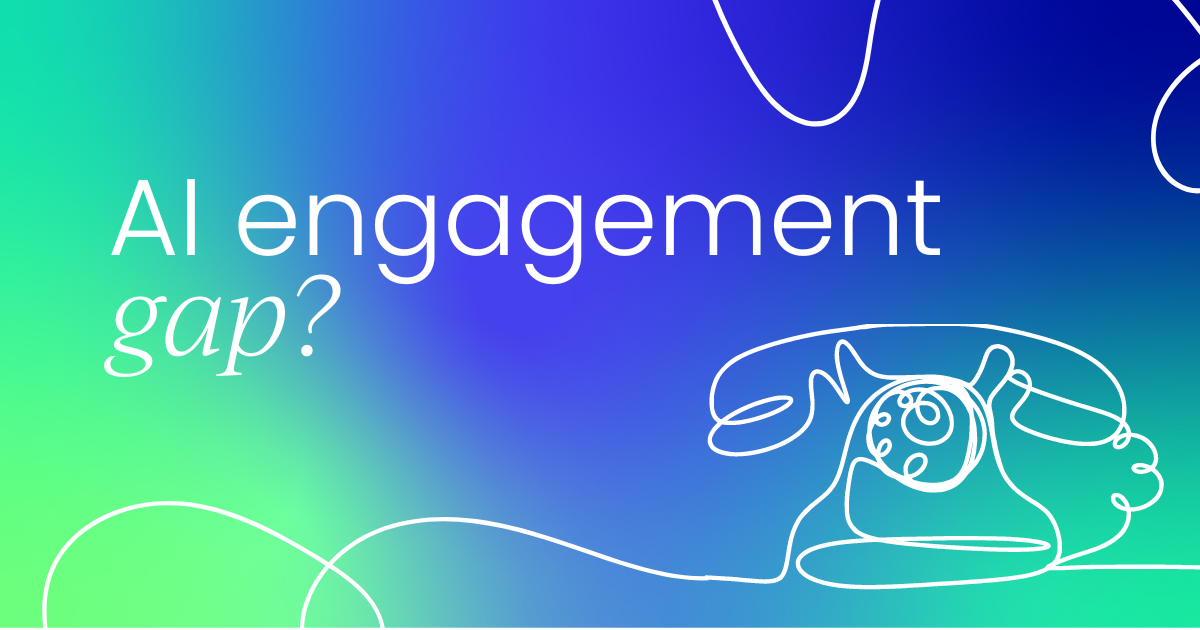
Let employees steer their own work, and suddenly jobs stop feeling like drudgery. When teams get to pick the tasks they hate, the routine pain melts away.
Generative software picks up the monotonous load and hands people back the hours they used to waste repeating the same clicks. New openings pop up organically, since folks now have breathing room to try odd experiments that might just turn into career paths.
Open channels matter, so project lists, quick polls, even a spare Slack room where anybody can shout, “Hey, this job could use a robot, keep the ideas flowing.” A steady stream of feedback like that also acts as a low-key boot camp for future leaders because they get to practice owning change right on the frontline.
Encourage managers, interns, pretty much anyone, to mash up tech with wild ideas in their day-to-day and watch the ownership spread.
We stand at the crossroads, holding a rare moment where policy can tip the balance toward people or toward code. The choice of landing squarely in human hands still looks daunting, but nobody gets dragged through this blindly. Rethink talent models so skill, spirit, and technology line up instead of running in separate lanes.
If those pieces fit together, the productivity spike follows, and so does the business value everyone keeps talking about. Skip that realignment, and the same tools that promise freedom end up sharpening the very collars we said were gone.
Career and management implications
The workplace is changing in ways that ripple well beyond the latest technology demo. Managers now need to rethink what authority even means when AIs pull as much weight as people do.
Old command-and-control hierarchies simply don't fit. Collaboration, trial-and-error, and plain visibility in how algorithms make decisions matter far more. McKinsey puts it bluntly: bold AI targets must drive new structures, fresh incentives, and tougher accountability rules. Product, ops, and data leaders often end up elbow-deep together, swapping insights on the fly until a working prototype surfaces. That blend feels messy, but it works.
Careers are reshaping themselves right alongside management practices. Few professionals will climb the same straight ladder their parents did. Instead, a T-shaped profile, deep chops in finance, and wide comfort with AI tools become the norm.
New titles like AI product owner land beside more familiar ones on org charts, and folks are expected to slide from one box to another without fuss. Learning plans now stack competencies; a marketer who takes an AI analytics boot camp, then masters model auditing, suddenly qualifies for a much bigger role.
Oracle insists virtually every job will soon add the phrase using generative AI and supervision thereof to its description, and the company is probably correct.
Talent management is headed toward a sharper, skills-first focus. Where once longevity or pedigree ruled performance reviews, nimbleness, a learn-on-the-go mindset, and the knack for working in messy teams will start to tip the scales.
The World Economic Forum is already calling this shift skills intelligence, a phrase that keeps popping up in boardrooms. Some firms are trying out real-time peer checks and milestone pay jumps: show the muscle, move up. A handful of trailblazers have even hooked up AI engines that nudge people toward fresh roles or courses based on what they have just mastered.
The workplace of tomorrow, powered by ever-smarter tools, is anything but static. Most futurists agree machines won't erase jobs so much as carve them into new shapes. To keep the workforce from feeling whipsawed, leaders must step in early and steer the transition.
That means backing learning routes, whether it’s funding an ML cert or bringing in coaches, and lavishing praise on the uniquely human spark that tech can’t mimic. One industry sage puts it bluntly: the people who win will be knowledge workers who wield AI deftly but never lose sight of crafting solutions that are durable, valuable, and, above all, humane.
What's next?
The workplace of tomorrow will blend people and artificial intelligence in ways that feel ordinary before long.
Analysts, designers, coaches-everyone who trades in knowledge-will spend less time pushing pixels or filling sheets and more on insight, judgment, and plain old human connection.
Companies that show real leadership will retrain staff, re-architect roles, and rethink how managers ask questions and give credit. For those that pull it off, productivity will inch upward and, just maybe, the teams doing the work will feel a bit more alive in the process.



 Follow us on LinkedIn
Follow us on LinkedIn